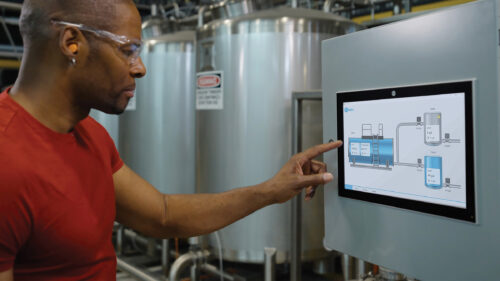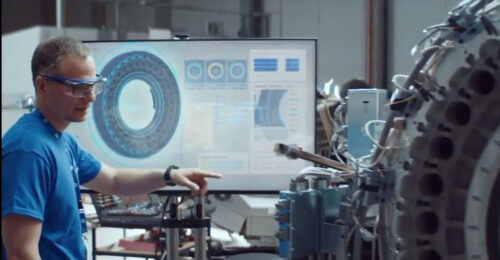Books: LabView programming with style!
Embedded programmers already familiar with National Instruments’ LabView can improve their software’s speed, footprint, and maintainability by following the principles they can learn from The LabView Style Book, written by highly experienced system integrator Peter Blume.
Embedded programmers already familiar with National Instruments’ LabView can improve their software’s speed, footprint, and maintainability by following the principles they can learn from The LabView Style Book , written by highly experienced system integrator Peter Blume. Blume is the founder and president of Bloomy Controls , a National Instruments Select Integration Partner that specializes in LabView-based systems development. Blume and his staff have solved over 1,000 industrial applications for customers throughout the Northeastern U.S.
Over the past 20 years, I’ve seen a lot of data acquisition and control applications written in LabView and can report that good style matters. Unfortunately, good style doesn’t simply happen. It’s the result of disciplined attention to detail and a willingness to put a little extra effort into “cleaning up” your virtual instrument diagrams.
Poor diagrams are confusing, difficult to follow, disorganized.
Good diagrams are clear, concise, easy to follow and, well, beautiful .
We need more good diagrams!
Blume’s encyclopedic style guide starts by discussing the significance of style: what it is and why it’s important. It goes on to describe best practices in preparation, front panel layout, block diagram design, the righ ways to use icons and connectors, data structures (my particular failing as a LabView programmer), error handling, design patterns, documentation, and code reviews (both self reviews while developing the code and peer reviews after you’re done). Each chapter ends with several virtual instrument (VI) examples illustrating the principles described in the chapter.
I described the book as encyclopedic, and that’s what I mean. Blume has covered aspects of LabView coding that I, as a 30+ year veteran programmer never thought of.
Although novice LabView programmers can learn some good habits from the book, it is not a basic text. It assumes familiarity with the development environment and the language. I daresay that the more you know about LabView programming, the more you will get out of it. Pick the book up early in your career, then refer to it often as you gain experience. It will make you a better embedded-system programmer.
For more information, visit the Prentice Hall Website or the Bloomy Controls website.
Blume, Peter A., The LabVIEW Style Book , Prentice Hall, Upper Saddle River, NJ, ISBN 0-13-145853-3, hardbound, 372 pp, 2007.
C.G. Masi , senior editor, Control Engineering Machine Control eNewsletter .
Bloomy Controls is a CSIA member as of 3/1/2015
Do you have experience and expertise with the topics mentioned in this content? You should consider contributing to our CFE Media editorial team and getting the recognition you and your company deserve. Click here to start this process.





